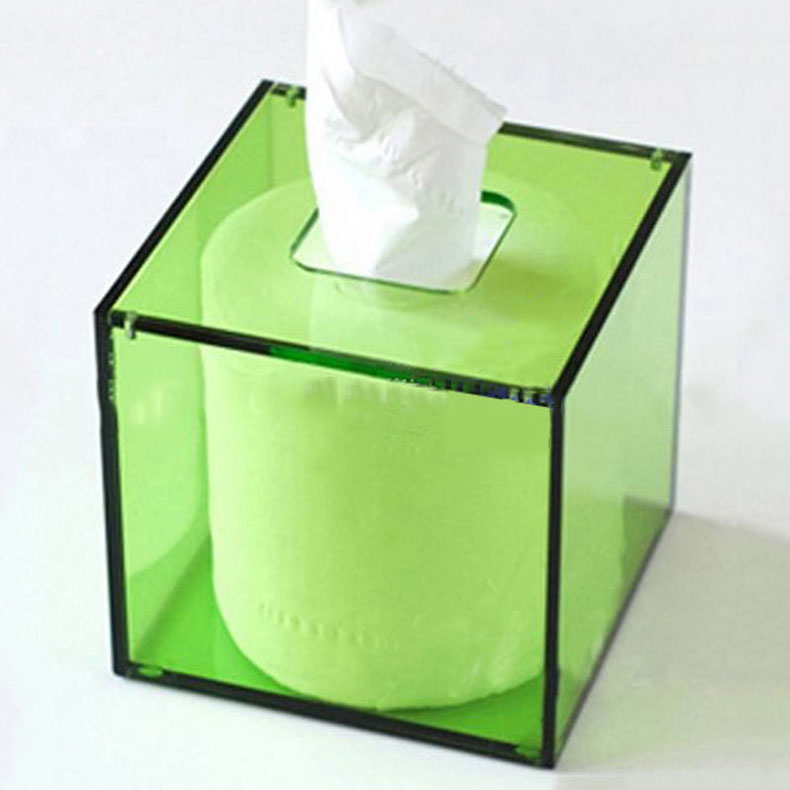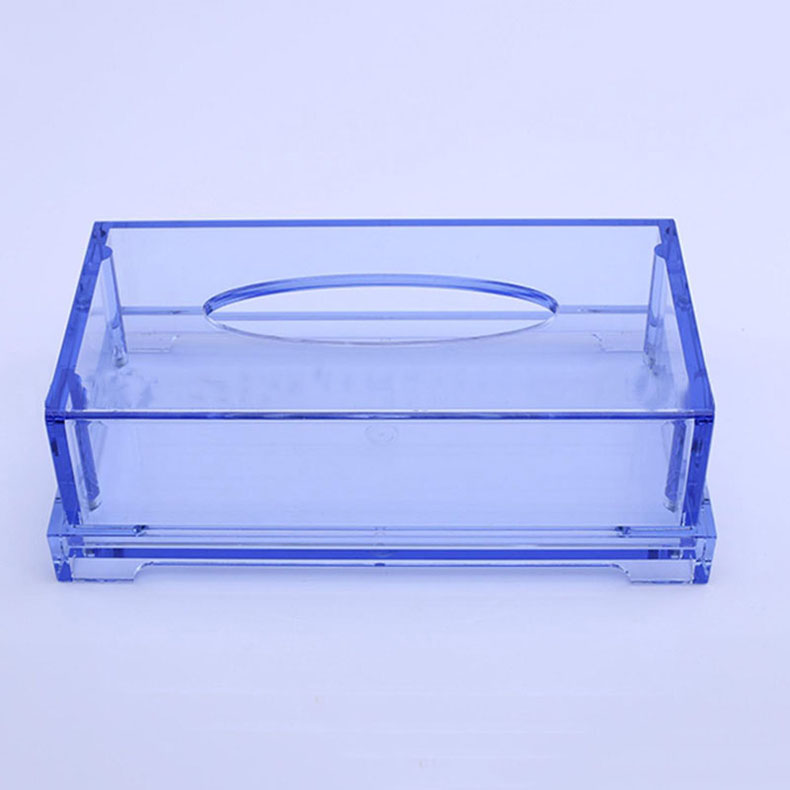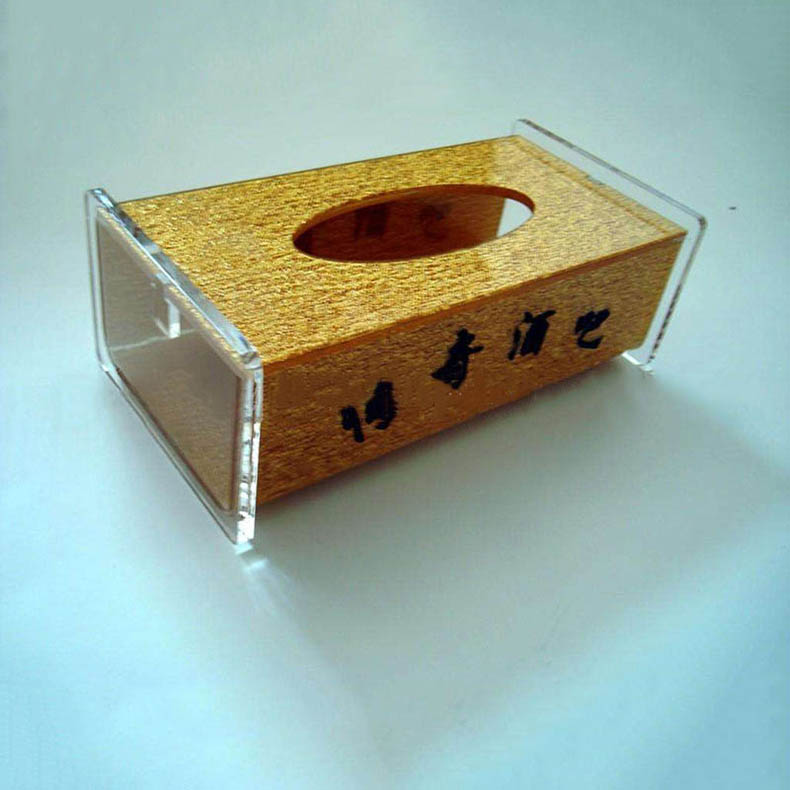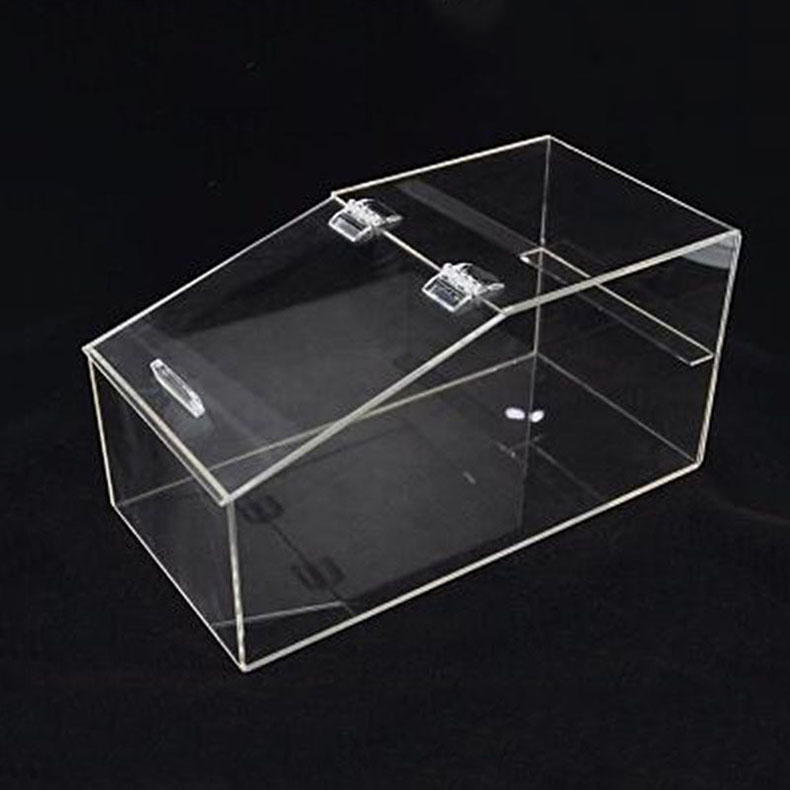Requirements for Acrylic Furniture Design
Acrylic furniture has gained popularity in modern interior design due to its transparency, durability, and versatility. However, designing acrylic furniture requires careful consideration of various factors to ensure functionality, aesthetics, and safety. This article will discuss the key requirements for acrylic furniture design.
Aesthetic Requirements
Visual Appeal
One of the primary attractions of acrylic furniture is its visual appeal. Designers need to create pieces that are visually striking and harmonious with the overall interior design concept. The transparency of acrylic allows furniture to blend seamlessly into different environments, making it suitable for both contemporary and traditional settings. The shape, form, and color of the furniture should be carefully chosen to enhance its aesthetic value. For example, sleek and minimalist designs are often favored in modern interiors, while more ornate and detailed pieces may be appropriate for classic or vintage settings.
Color and Transparency
Acrylic comes in a wide range of colors and transparency levels. Designers can choose clear acrylic for a minimalist and contemporary look, or opt for colored acrylic to add a pop of color to the space. The transparency of acrylic can also be adjusted to create different effects. For instance, semi - transparent acrylic can provide a sense of privacy while still maintaining a light and airy feel. The color and transparency of the acrylic should be coordinated with the other elements in the room, such as walls, flooring, and upholstery.
Surface Finish
The surface finish of acrylic furniture is crucial for its aesthetic appeal. A smooth and polished surface gives the furniture a high - end and professional look. Designers need to ensure that the acrylic is free from scratches, bubbles, and other imperfections during the manufacturing process. Different surface finishes, such as matte or gloss, can also be used to create different visual effects. A gloss finish enhances the transparency and reflective properties of acrylic, while a matte finish provides a more subdued and elegant look.
Functional Requirements
Structural Integrity
Despite its lightweight appearance, acrylic furniture must be structurally sound. Designers need to consider the load - bearing capacity of the acrylic when designing furniture pieces such as tables, chairs, and cabinets. The thickness of the acrylic, the shape of the structure, and the way it is joined together all affect its strength. For example, when designing an acrylic table, the legs and the tabletop should be designed in a way that can support the weight placed on it without bending or breaking. Reinforcements may be added in critical areas to enhance the structural integrity.
Comfort
If the acrylic furniture is intended for seating or resting, comfort is an important consideration. For acrylic chairs, designers need to ensure that the seat and backrest have the right shape and contour to provide adequate support for the body. The height of the chair should also be appropriate for the user to sit comfortably at a table or desk. In the case of acrylic beds or sofas, the padding and upholstery used in combination with the acrylic structure should be soft and comfortable.
Usability
The furniture should be easy to use and maintain. Drawers and cabinets in acrylic furniture should open and close smoothly. Handles and knobs should be designed in a way that is easy to grip. Cleaning the acrylic furniture should also be straightforward. Designers should choose materials and finishes that are resistant to stains and scratches, making it easy to keep the furniture looking new.
Safety Requirements
Material Safety
Acrylic is generally a safe material, but designers need to ensure that the acrylic used in furniture is of high quality and meets safety standards. The acrylic should be free from harmful chemicals and substances. It should also be non - flammable or have a low flammability rating to prevent fire hazards.
Edge and Corner Design
Sharp edges and corners on acrylic furniture can pose a safety risk, especially in households with children or the elderly. Designers should round off the edges and corners of the furniture to reduce the risk of injury. Protective edge guards can also be added to further enhance safety.
Stability
To prevent the furniture from tipping over, designers need to ensure that it has a stable base. The center of gravity of the furniture should be carefully considered during the design process. For example, when designing a tall acrylic bookshelf, the base should be wide enough to provide stability, and the weight distribution of the shelves should be balanced.
In conclusion, acrylic furniture design requires a comprehensive approach that takes into account aesthetic, functional, and safety requirements. By carefully considering these factors, designers can create high - quality acrylic furniture that is not only beautiful but also practical and safe for everyday use.








